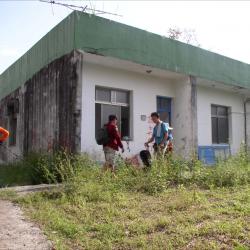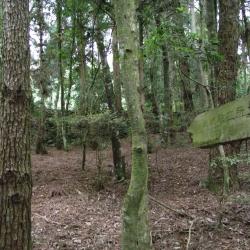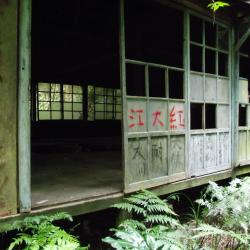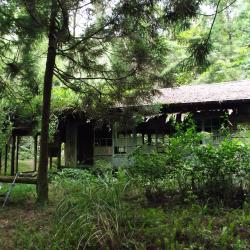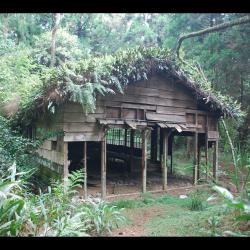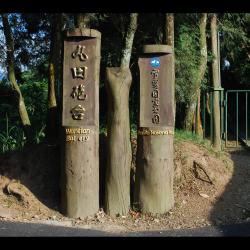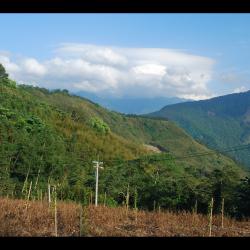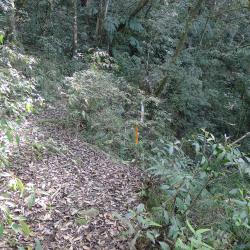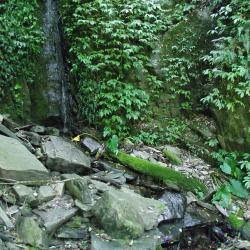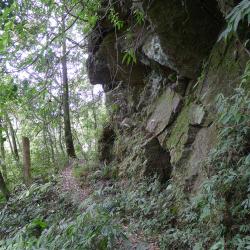The Song’an Police Station, in Tai’an Township of Miaoli County, was originally the Erbensong Police Post during the Japanese occupation, built in 1911. In Japanese, Erbensong refers to a place with two pine trees. The traditional Atayal name for the place is Pihun, which means door. Both have the meaning of entering Beikeng Creek.
The Erbensong Police Post was set up with the purpose of monitoring the northern group of the Atayal tribe in the Da’an River Basin during the Japanese rule. However, there have been fierce attacks by the Atayal tribe. In the post-war period, the National Government changed its names to Erbensong Police Station and Song'an Police Station.
When the Jiji earthquake occurred in 1999, police officers were moved to Meiyuan Police Station, which has now been converted into Erbensong Visitor Center.
